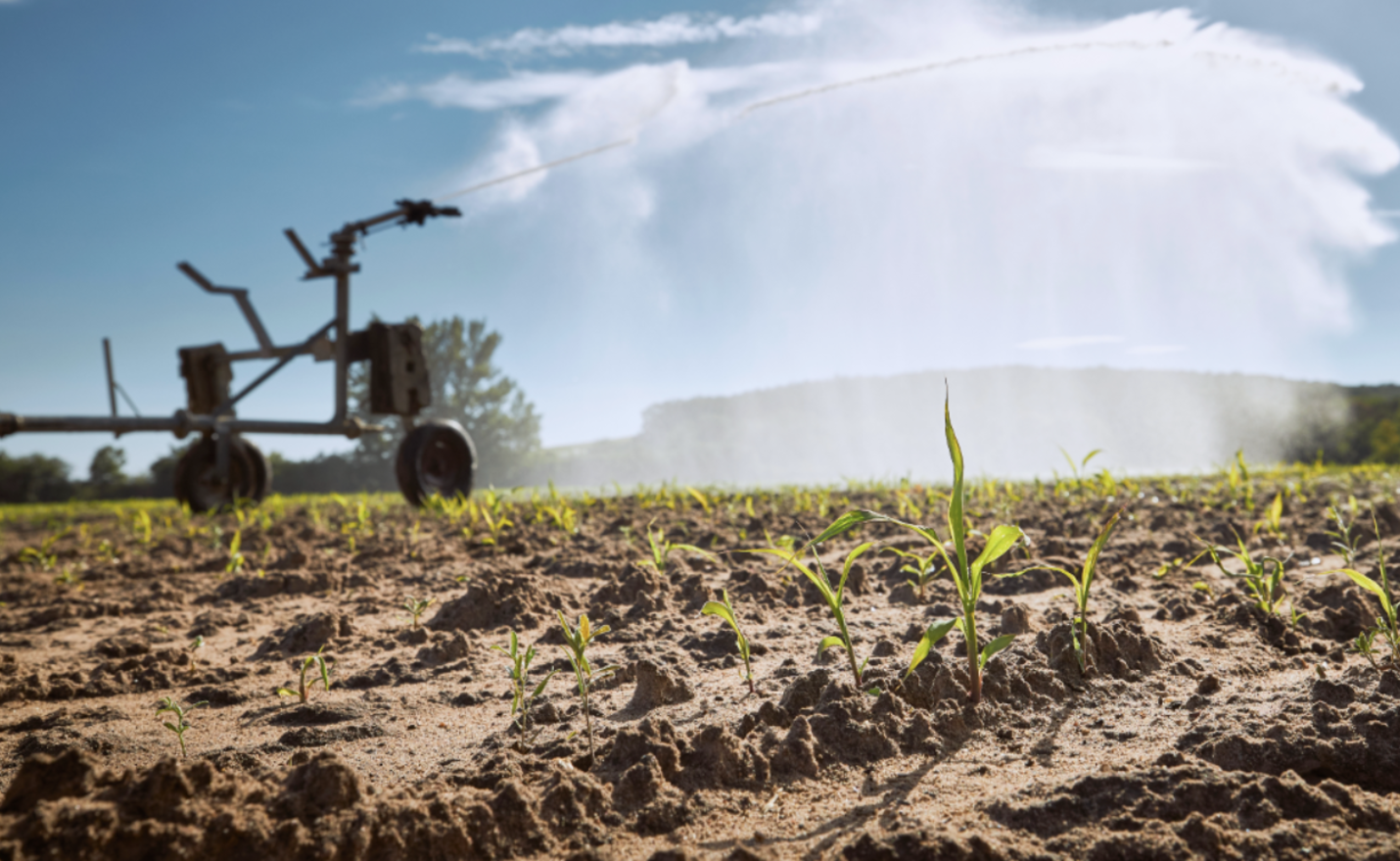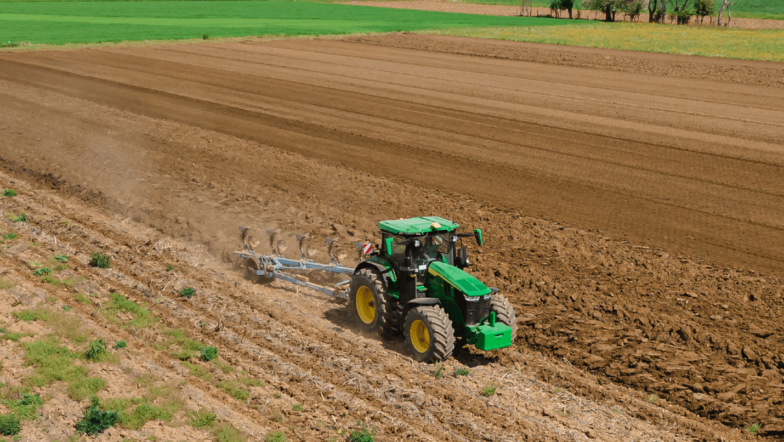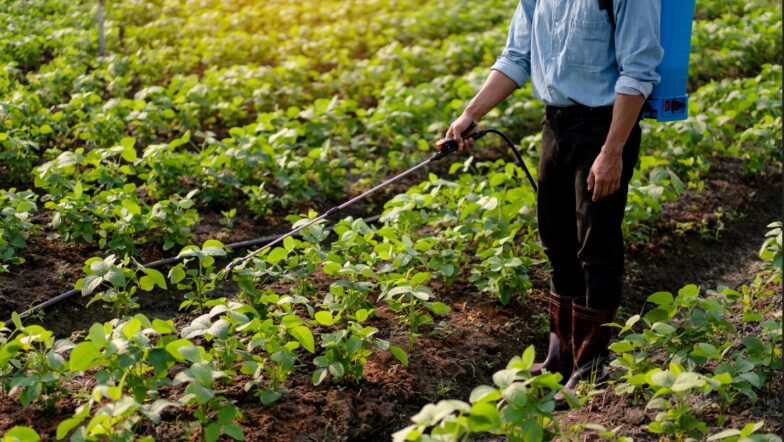In the realm of modern farming, irrigation stands tall as a game-changer, bridging the gap between agricultural needs and nature’s unpredictability. It’s not just about watering crops; irrigation systems have become the lifeblood of farming practices, helping in delivering not just water, but also the essential nutrients, pesticides, and fungicides vital for robust crop growth. From turning dry lands into fertile havens to embracing a variety of techniques, irrigation has come a long way from the basic watering can approach. The magic lies in how irrigation isn’t just about hydration. It’s the ultimate multitasker, making sure crops get their drink while also being the delivery system for all the nutrients and protections they need. It’s the behind-the-scenes hero ensuring our food production stays on track. The fusion of irrigation and agriculture isn’t just a partnership; it’s a symphony, blending tech brilliance with our most basic need: food.
India’s irrigation crisis
In recent years, India has been facing a significant irrigation crisis, posing substantial challenges to the country’s agricultural sector. The primary issue revolves around the availability and management of water resources for irrigation. This crisis stems from various factors, including erratic monsoon patterns, over-exploitation of groundwater, inadequate infrastructure, and inefficient water management practices. The monsoons, a critical water source for agriculture, have become increasingly unpredictable, leading to droughts in some regions and floods in others. This variability disrupts planting and harvesting schedules, affecting crop yields and farmer livelihoods. Over-extraction of groundwater, primarily for irrigation purposes, has resulted in a rapid decline of water tables, leading to scarcity and quality deterioration. Additionally, the lack of proper infrastructure, like canals and reservoirs, hinders effective water distribution and storage, amplifying the challenges faced by farmers. Moreover, inefficient water usage techniques, including outdated irrigation methods, further exacerbate the crisis by causing wastage of this precious resource. The cumulative effect of these issues significantly impacts agricultural productivity and the overall economy, as agriculture contributes substantially to India’s GDP and employment. Addressing this crisis requires a comprehensive approach, including improved water resource management, modernization of irrigation techniques, promotion of water conservation practices, and investment in infrastructure. Furthermore, there’s a need for policy initiatives and community involvement to ensure sustainable and equitable access to water for agricultural purposes. Resolving the irrigation crisis in India is crucial not only for ensuring food security but also for the socio-economic well-being of millions dependent on agriculture.
Techniques and technologies
Here are some of the techniques and technologies used in India to alleviate the irrigation crisis-:
- Drip Irrigation-: This technique involves delivering water directly to the roots of plants, reducing wastage and optimizing water use. It’s especially beneficial in water-scarce regions. Drip irrigation systems have gained popularity in India due to their efficiency and water-saving capabilities. Farmers can save up to 30-70% of water compared to traditional flood irrigation methods.
- Sprinkler Irrigation-: This method disperses water in the form of small droplets, mimicking rainfall. It’s an efficient way to cover larger agricultural areas and can be adjusted to suit various types of crops. With advancements in technology, modern sprinkler systems in India have become more precise and water-conserving, aiding in addressing the irrigation crisis.
- Solar-Powered Irrigation-: India has been increasingly adopting solar-powered irrigation systems. These systems harness solar energy to power pumps, reducing the dependency on conventional electricity and making irrigation more sustainable, especially in remote areas with limited access to power grids.
- Remote Sensing and GIS-: Remote sensing technologies and Geographic Information Systems (GIS) help in better water management. They provide valuable data on soil moisture levels, crop health, and weather patterns. This information aids farmers in making informed decisions on when and how much to irrigate, optimizing water usage.
- Water Harvesting Techniques-: India has been focusing on water harvesting methods like building check dams, rainwater harvesting, and watershed management. These methods help in conserving rainwater and recharging groundwater levels, crucial for sustainable irrigation.
- Community-Based Water Management-: Encouraging community participation and management of water resources has been crucial in addressing the irrigation crisis. Collective efforts in water resource management have shown promising results in optimizing water usage and reducing conflicts over water access.
- Smart Irrigation Apps and Tools-: There’s a growing trend of using smartphone apps and digital tools that provide real-time information on weather, soil moisture, and irrigation scheduling. These tools empower farmers to make precise irrigation decisions, minimizing water wastage.
- Policy Reforms and Incentives-: Government policies promoting water-efficient practices, subsidizing modern irrigation technologies, and offering incentives for adopting water-saving techniques have played a significant role in addressing the irrigation crisis in India.
In the dynamic landscape of modern agriculture, irrigation emerges as the orchestrator of bountiful harvests rather than merely a source of water for crops. However, India faces a critical challenge in its irrigation practices, stemming from a complex interplay of water scarcity, erratic weather patterns, and infrastructural limitations.
The remedy demands a symphony of innovative irrigation techniques: from the finesse of drip systems to the sustainable prowess of solar-powered solutions. Empowering farmers with cutting-edge tools and fostering community-driven water management initiatives spark a paradigm shift in this narrative. Moreover, policy reforms and incentives serve as the driving force propelling this transformative journey.
India is rewriting the story of irrigation, transforming it from a mundane task to a strategic force in agricultural prosperity. This vision foresees irrigation not as a backstage player but as the lead actor in fostering a sustainable and prosperous future for the countless lives reliant on the agricultural landscape.







Write a comment
Your email address will not be published. Required fields are marked *